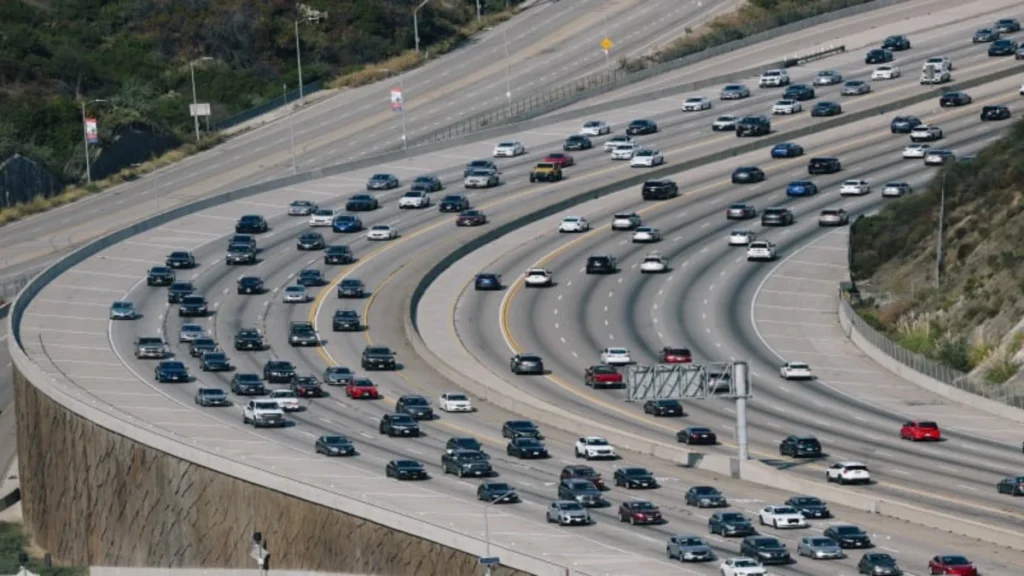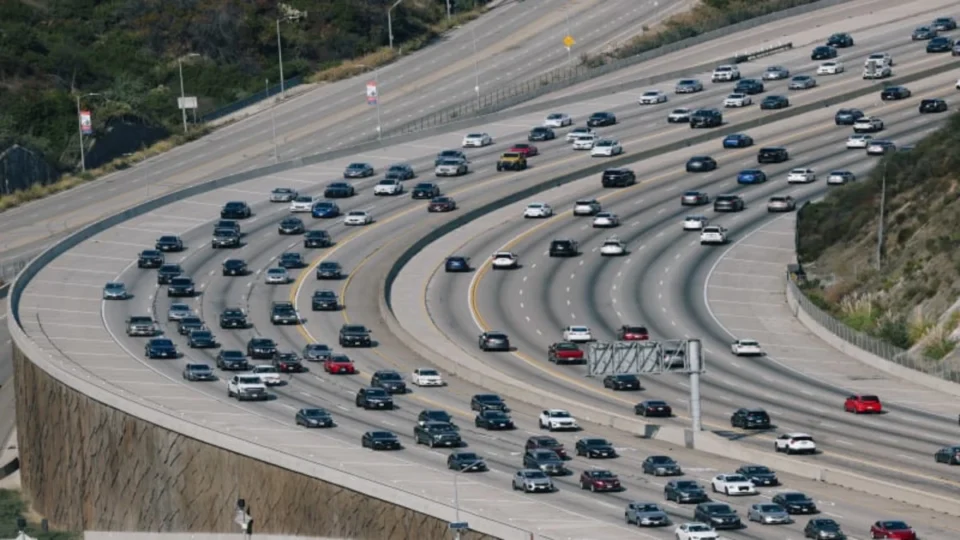Road safety is a pressing concern that touches every motorist’s life. As you navigate through your daily commutes, the quality of road infrastructure plays a pivotal role in ensuring your safety. Research has consistently shown that many accidents arise from human errors, yet modifying highway design can drastically reduce these mishaps.
By investing in road maintenance, studies estimate that $146 billion allocated for improving infrastructure could save about 63,700 lives while preventing nearly 353,560 serious injuries over two decades. This emphasizes the importance of effective traffic management and highlights the economic benefits of these enhancements.
Considering the collective value of these lives and injuries amounts to roughly $348.4 billion, the need to focus on safer road infrastructure becomes compelling.
Key Takeaways
- Investment in road infrastructure directly correlates with improved driving safety.
- Human errors are significant contributors to vehicle crashes, but infrastructure modifications can help mitigate these risks.
- Strategic highway design can lead to fewer accidents and lower injury rates.
- Allocating funds for road maintenance can yield substantial long-term benefits both economically and in human lives.
- Enhanced traffic management practices can support safer driving environments.
The Importance of Road Infrastructure in Driving Safety

Investing in road infrastructure plays a critical role in enhancing driving safety. Adequate road conditions significantly affect your driving experience and can mitigate the risk of accidents. Awareness of the existing statistics on traffic fatalities highlights the urgency of addressing infrastructure issues.
Statistics on Traffic Fatalities and Injuries
According to recent reports, traffic fatalities are alarmingly high. The National Highway Traffic Safety Administration (NHTSA) documented around 36,750 deaths in traffic incidents last year, reflecting a 12.2% increase compared to previous years. These statistics on traffic fatalities indicate that numerous factors, including infrastructure inadequacies, contribute to the rising numbers. Many of these fatalities could potentially be avoided with better road safety measures and upgraded infrastructure.
Cost of Poor Infrastructure
The cost of poor infrastructure is staggering, contributing to approximately $102 billion in annual accident costs. These expenses encompass vehicle damage, medical bills, and lost productivity due to accidents linked to bad road conditions.
Improving your local infrastructure not only addresses road safety but can also lead to significant financial savings for communities. Enhancements to roadways, including better signage and smoother surfaces, can reduce the frequency of accidents, ensuring a safer driving environment for everyone.
How Improving Road Infrastructure Can Enhance Driving Safety

Addressing the various aspects of road infrastructure plays a crucial role in enhancing driving safety. By implementing several targeted improvements, communities can significantly reduce traffic-related incidents. Several critical upgrades and data-driven insights can guide effective planning.
Key Infrastructure Safety Improvements
Investing in infrastructure safety improvements yields considerable benefits for road users. For instance, the construction of roundabouts has shown to lower fatalities and serious injuries at intersections. Incorporating features like roadside barriers and clearing obstacles contribute to a safer environment while enhancing pedestrian facilities aids in reducing crashes significantly.
Critical Upgrades to Road Features
Effective upgrades can include installing better road lighting and implementing strict speed limits in high-risk areas. Well-lit roads enhance visibility, which is vital for all users, especially during low-light conditions. Speed limits regulate traffic flow and minimize the potential for high-impact collisions. User-friendly pedestrian crossings, equipped with signals, provide vital safety for those traveling on foot.
Leveraging Data for Infrastructure Planning
Utilizing data-driven insights is essential for informed decision-making regarding infrastructure planning. Analyzing driving data allows communities to identify problem areas and allocate resources effectively. Monitoring road conditions fosters proactive measures that enhance safety.
Data-driven approaches lead to the design of more effective infrastructure, serving botBy leveraging these insights, communities can make well-informed decisions about where to invest resources. It’s a proactive approach that prioritizes safety based on real-world data, ensuring that the most critical areas are addressed first. To learn more about how data and planning can significantly impact road safety, explore now.
| Infrastructure Safety Improvement | Estimated Impact on Safety |
| Roundabouts | 30% reduction in fatalities and serious injuries at intersections |
| Roadside Barriers | 20% improvement in safety benefits |
| Pedestrian Facilities (Sidewalks, Crossings) | 20% reduction in crashes |
| Road Lighting | Enhanced visibility, reducing nighttime accidents |
| Speed Limit Enforcement | Decreased risk of high-impact collisions |

Conclusion
Improving road infrastructure is crucial for enhancing road safety and tackling the troubling statistics surrounding traffic fatalities and injuries. As you advocate for better driving conditions, it’s essential to recognize the significant economic and safety benefits that come from these infrastructural enhancements. Prioritizing investments in infrastructure translates directly into fewer accidents and saves lives.
When cities focus on key upgrades such as roundabouts, safer pedestrian crossings, and the integration of real-time data insights, they create not just better driving conditions but also establish a framework for efficient traffic management. These essential improvements can significantly reduce the risks drivers face daily, making the roads safer for everyone.
Ultimately, the commitment to upgrading our nation’s road systems should be viewed as more than just a technical fix; it’s a vital public safety initiative. By investing in infrastructure today, you contribute to a future where driving is a secure, reliable, and safer experience for all road users.

